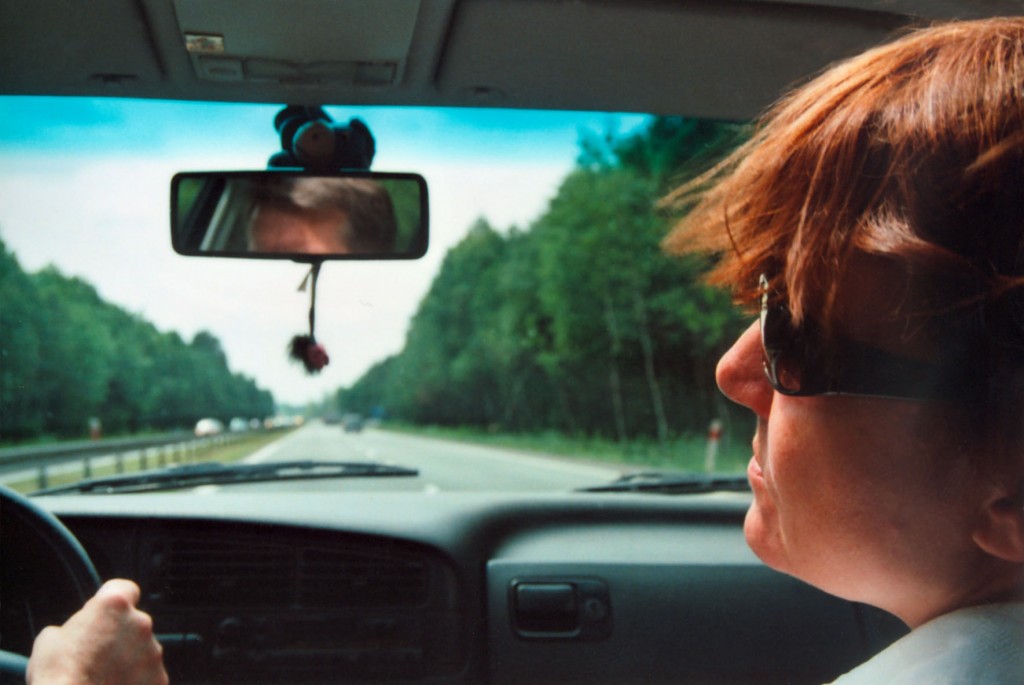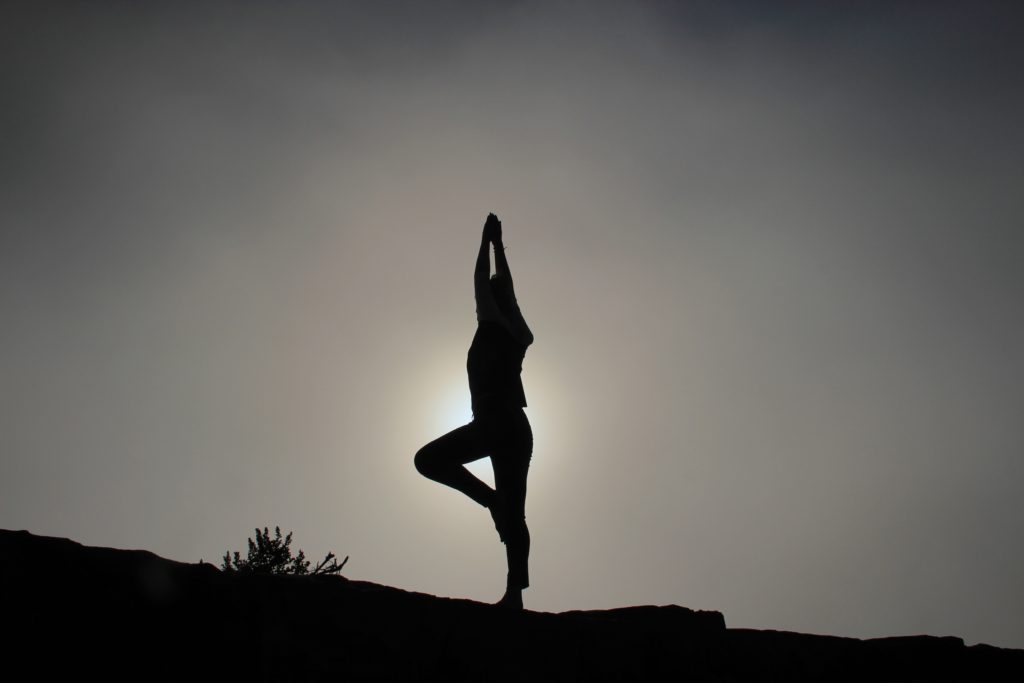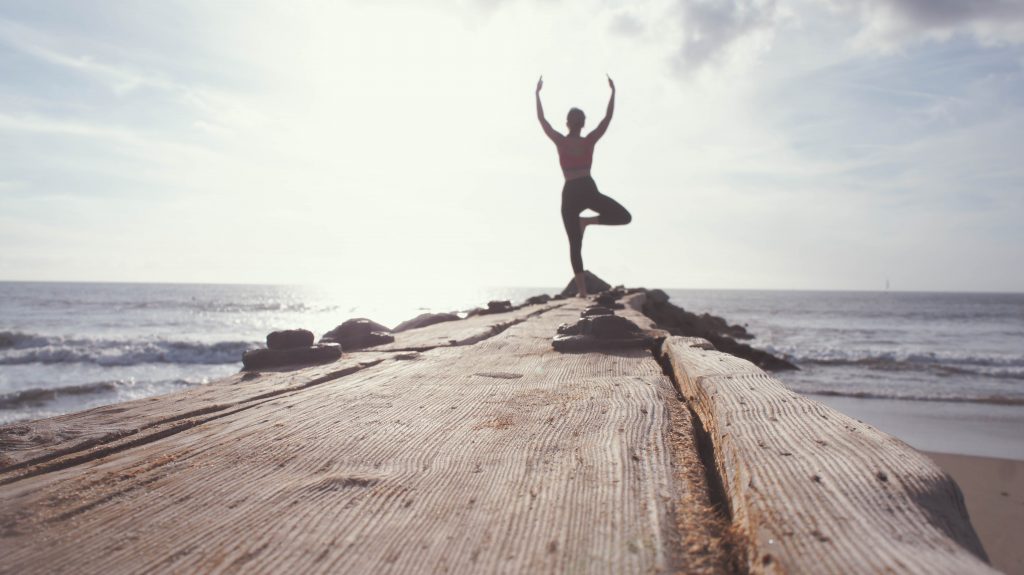
Staying Fit and Feeling Good on the Road
Photo Credit: smif, via Flickr Creative Commons
When we travel, we often get distracted from our regular exercise routines. For the next trip or business travel you may have in the future, there are some simple strategies you can use to stay fit, healthy and more relaxed on the road.
If you find yourself waiting for the plane, which we all do, sit less and walk more.
For the Road
A Quick Rest Stop Refresher
If you’re driving on a long trip, remember to take breaks. Your legs, low back, arms, and neck are the most common places for tension to form from driving. When you start feeling stiff, it’s clearly time for a rest stop. A stretch or brisk walk can go a long way to help you feel energized. It gets the blood flowing in your legs, buttocks and low back while taking the tension away from the back of your legs and low back. It will also give your arms, back, shoulders and neck a break from the stress of holding the wheel. After walking, try some stretches. Any stretching for the legs, back, arms and neck will help. If you have a yoga routine, this would be a great time to stretch out, so remember to pack your yoga mat.
Add Some Resistance Bands
If you’re looking for a more challenging exercise break, take some resistance bands or tubing along. In a rest area, you could spend twenty minutes doing some strength training. These exercises combined with a quick walk will invigorate and refresh you for the rest of your trip.
Remember to take your favorite healthy snacks to avoid fast food temptation. Pack plenty of water to avoid thirst, dehydration and stops for sugary refreshments.
In the Air
Use Your Waiting Time
There are plenty of ways to stay active and feel more comfortable when flying. If you find yourself waiting for the plane, which we all do, sit less, stand up and walk more. Brisk walks in the airport are a great time to not only stretch your legs, but also boost your heart rate. (Don’t cheat and use the automated walkways.)
It’s also a stress-relieving opportunity to stretch or do some yoga. If you feel self-conscious about everyone watching, find a corner or some place out of the way to stretch. Some airports even have yoga rooms to help passengers de-stress and stretch before and after their flights.
In Flight
If you sit still the whole flight, your muscles will become tight and stiff, and it can restrict blood flow to your legs. The CDC offers some vital information on risks and prevention.
One big risk is Deep Vein Thrombosis (DVT), a blood clot that forms in the legs from limited movement. It’s important to frequently shift positions in your seat to improve blood flow and wake up your muscles. Even if you are at low risk for DVT, movement just feels good. Stretch your legs and arms as well as tense and release the muscles in your legs. You can also take advantage of times during the flight when the seat belt sign is off. Stand up even for a minute or two. This might be just enough to prevent low back and leg pain.
Whether you find flying terrifying, thrilling, or just plain stressful, try to practice some stress management. A five-minute meditation or imagery and breathing practice while listening to some calming music will shift your mood. Wearing earplugs also helps to drown out a noisy plane. (Explore our collection of Stress Management practice videos.)
Regardless of how you travel, be proud of your fitness routine and make it a part of planning your trip. It will help you return home feeling healthy and more relaxed.
What exercise tips have you found successful for travel?








